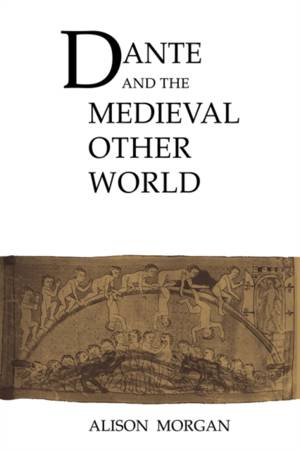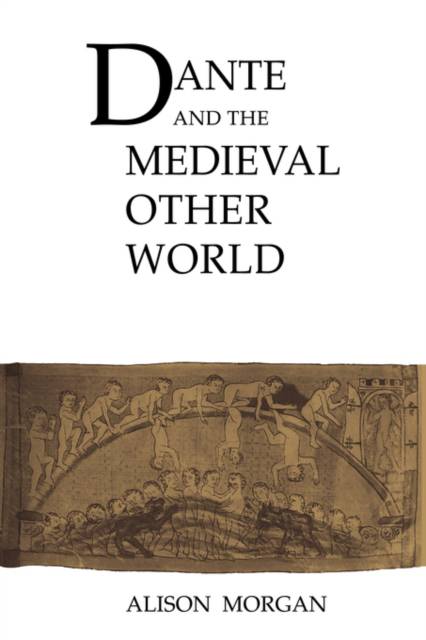
- Afhalen na 1 uur in een winkel met voorraad
- Gratis thuislevering in België vanaf € 30
- Ruim aanbod met 7 miljoen producten
- Afhalen na 1 uur in een winkel met voorraad
- Gratis thuislevering in België vanaf € 30
- Ruim aanbod met 7 miljoen producten
Omschrijving
A major study of the Divine Comedy, this book offers an interesting perspective on Dante's representation of the afterlife. Alison Morgan departs from the conventional critical emphasis on Dante's place in relation to learned traditions by undertaking a thorough examination of the poem in the context of popular beliefs. Her principal sources are thus not the highly literary texts (such as Virgil's Aeneid or Thomas Aquinas's Summa Theologiae) which have become a familiar context for the poem, but rather visions of the Other World found in popular writings, painting and sculpture from the centuries leading up to its composition. The book will be of interest to non-specialists in addition to scholars of Dante, since it offers a clear preliminary account of the Other World tradition, a chronology of its principal representations and summaries of the major texts. Fully illustrated throughout, it integrates with the literary and theological aspects of Dante's heritage the important but often neglected dimension of art history.
Specificaties
Betrokkenen
- Auteur(s):
- Uitgeverij:
Inhoud
- Aantal bladzijden:
- 268
- Taal:
- Engels
- Reeks:
- Reeksnummer:
- nr. 8
Eigenschappen
- Productcode (EAN):
- 9780521039277
- Verschijningsdatum:
- 20/08/2007
- Uitvoering:
- Paperback
- Formaat:
- Trade paperback (VS)
- Afmetingen:
- 152 mm x 229 mm
- Gewicht:
- 394 g

Alleen bij Standaard Boekhandel
+ 144 punten op je klantenkaart van Standaard Boekhandel
Beoordelingen
We publiceren alleen reviews die voldoen aan de voorwaarden voor reviews. Bekijk onze voorwaarden voor reviews.









